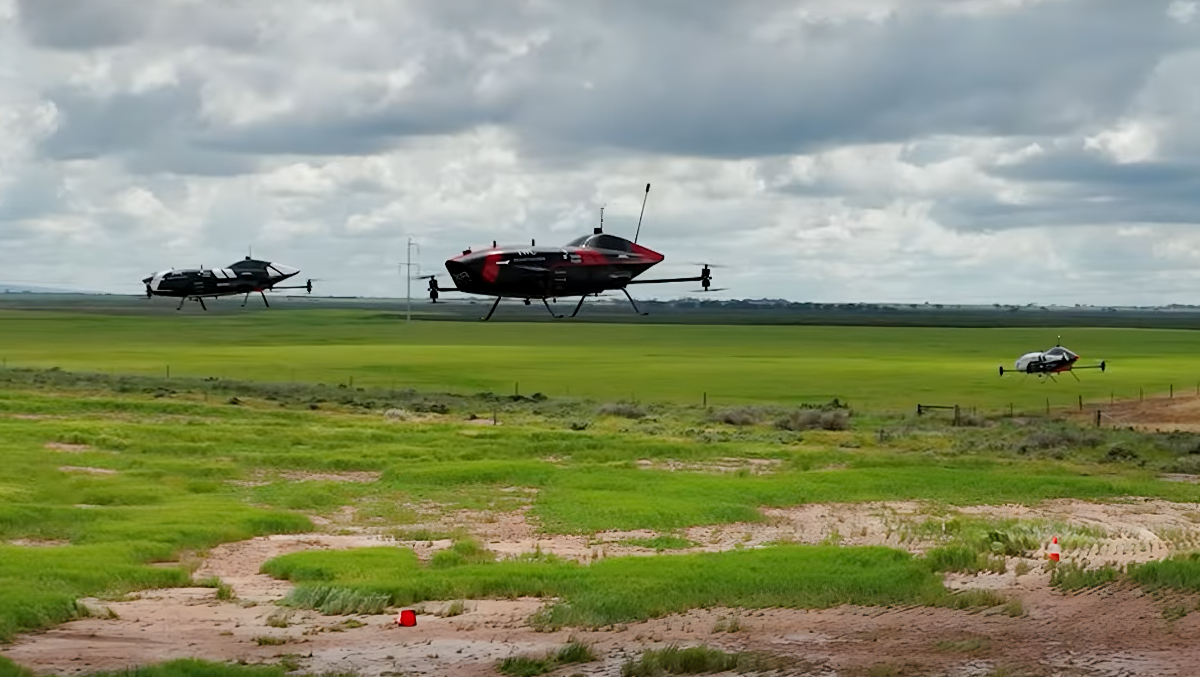Alauda Aeronautics has revealed it has flown three of its ‘flying cars’ in close proximity to each other in order to simulate a race situation.
The Australian business said it would use haptic alerts and proximity sensors to stop the vehicles from colliding, and the test flight allowed it to conduct essential safety work.
Vehicle manufacturer Alauda and race business Airspeeder are planning to launch a human-piloted flying car air race series, but are currently practising with remote-controlled aircraft.
In future, the pair hope to use the grand prix as a promotional tool to eventually sell the aircraft to consumers, in a similar way to how car manufacturers use high-profile races to boost their brands.
On Friday, Alauda said flying the devices close together was essential to build a flying car motorsport where multiple craft will compete together on the same comms networks.
“The more UAM validation of how these craft function together on the same networks will also yield important data for the AAM industry,” said Alauda.
“Airspeeder’s vision for the world’s first electric flying car racing series has the underlying potential to transform the way we move around cities, just as Formula One has driven innovation for the cars we use today.
“Whether pilots are on-board or flying remotely, they’ll be able to fly and race closely and safely without physically touching with near real-time data and connectivity powering haptic alerts and proximity sensors.
“Telstra Purple developed a near real-time virtual race-control system that feeds essential technical status information to ground crews throughout races and test flights, reflecting the approach employed by leading aviation companies in augmenting and monitoring essential systems for aircraft safety.”
It comes after Alauda and Airspeeder conducted what it claimed was the world’s first flying car circuit race over the salt flats of SA in May.
The pair have been experimenting with the aircraft, which are like large drones, for the last 18 months in the desert, with previous tests including a 100km/h drag race.
The race proceeded after Alauda Aeronautics conducted 270+ test flights over the past 18 months, as well as preparation on simulators.
The circuit occurred on a 1km digital sky track and took place across two sessions interrupted by rapid battery-swap pitstops.
Airspeeder’s founder Pearson said he aims to “hasten the arrival of the electric flying cars that we have been promised in contemporary culture for generations”.
Future races will be able to take place in a variety of settings, including over water and in forests, due to little infrastructure being required.
The ‘EXA Series’ also acted as the first step towards Airspeeder’s goal of launching a Grand Prix in 2024 that will feature humans in the cockpit.
Australian Aviation reported in June 2021 how Alauda conducted a drag race, which the ‘Speeders’ in action 10m above the ground.
















